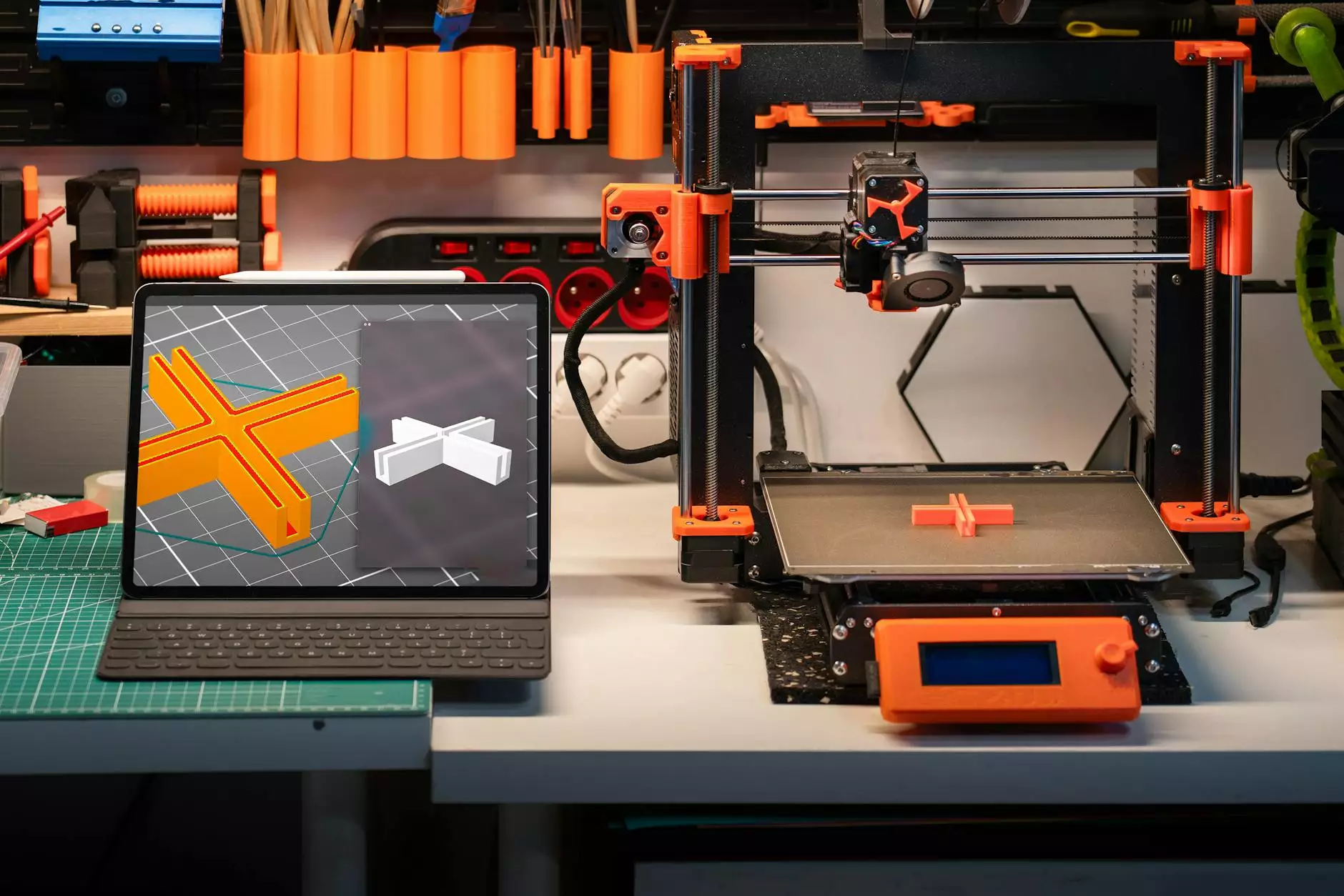Dorsal Ramus Syndrome: Understanding and Treating This Unique Condition

Dorsal Ramus Syndrome is an intriguing condition that merits in-depth discussion among healthcare professionals and patients alike. As a subtopic of medical complexities, this syndrome is often overlooked, yet it holds significant implications for those affected. In this article, we’ll delve deep into the facets of dorsal ramus syndrome, its symptoms, potential causes, diagnostic criteria, and treatment options, providing a comprehensive overview that enhances understanding and facilitates effective interventions.
What is Dorsal Ramus Syndrome?
The dorsal ramus refers to the posterior division of a spinal nerve. This ramus is responsible for supplying sensory and motor innervations to the back muscles and skin. When issues arise within this system, particularly involving compression or irritation of the dorsal rami, it can lead to the manifestation of symptoms typical of dorsal ramus syndrome.
Symptoms of Dorsal Ramus Syndrome
Patients experiencing dorsal ramus syndrome often report a variety of symptoms. Recognizing these early can lead to timely diagnosis and treatment. Common symptoms include:
- Localized pain in the back, potentially radiating to other areas.
- Numbness or tingling sensations in the affected regions.
- Muscle weakness in the back and connected musculature.
- Discomfort exacerbated by movement or certain postures.
- Reduced flexibility in the spine.
Causes of Dorsal Ramus Syndrome
Understanding the causes of dorsal ramus syndrome is crucial for both prevention and treatment. While the exact etiology may vary, several common factors have been identified:
- Injury or trauma: Direct trauma to the back can affect the dorsal rami.
- Degenerative disc disease: Age-related changes in spinal discs can influence nerve function.
- Herniated discs: A herniated disc can put pressure on nearby spinal nerves, including the dorsal ramus.
- Muscle strain: Chronic strain on back muscles can lead to complications in the dorsal rami.
- Inflammatory conditions: Conditions like arthritis can affect nerve pathways.
Diagnosis of Dorsal Ramus Syndrome
Diagnosing dorsal ramus syndrome begins with a thorough medical history and physical examination. Healthcare professionals may employ several methods to confirm the diagnosis, including:
- Imaging studies: X-rays, MRI, or CT scans can reveal structural abnormalities affecting the dorsal rami.
- Nerve conduction studies: These tests assess the electrical conduction of the nerves and can identify dysfunction.
- Electromyography (EMG): Useful to determine muscle response and identify nerve-related issues.
In some cases, differential diagnosis is necessary to rule out similar conditions that may have overlapping symptoms, such as radiculopathy or lumbar disc disease.
Treatment Options for Dorsal Ramus Syndrome
The treatment approach for dorsal ramus syndrome can vary significantly based on individual patient needs and the underlying causes of the condition. General management strategies include:
Conservative Treatments
- Physical Therapy: A tailored exercise program to improve back strength, flexibility, and functionality.
- Chiropractic Care: Chiropractic adjustments may help alleviate pressure on the dorsal rami.
- Medication: Nonsteroidal anti-inflammatory drugs (NSAIDs) can relieve pain and swelling.
- Heat or Ice Therapy: Application of heat or ice can provide temporary relief of symptoms.
Advanced Interventions
- Injections: Corticosteroid injections may reduce inflammation and pain in chronic cases.
- Minimally Invasive Surgery: In severe cases, surgical intervention may be necessary to relieve pressure on the nerve.
Living with Dorsal Ramus Syndrome
For patients diagnosed with dorsal ramus syndrome, managing the condition is pivotal. Lifestyle changes and self-care strategies can significantly enhance quality of life:
- Regular Exercise: Engaging in low-impact exercises such as swimming or walking helps maintain muscle strength and flexibility.
- Ergonomic Adjustments: Making ergonomic changes to workspaces can prevent exacerbating symptoms.
- Stress Management: Techniques such as yoga or meditation can alleviate muscular tension and stress.
Conclusion: A Comprehensive Understanding of Dorsal Ramus Syndrome
Dorsal Ramus Syndrome, while complex, can be effectively managed with appropriate interventions. By understanding its symptoms, causes, and treatment options, patients can work towards achieving a better quality of life. Health professionals, including chiropractors and physical therapists, play a vital role in guiding patients through their journey of recovery and management.
For those seeking relief from dorsal ramus syndrome, consider consulting with healthcare practitioners at IAOM-US, who specialize in health and medical practices, including chiropractic care and physical therapy. By approaching this condition with informed strategies, patients can navigate their symptoms to find effective support and management.









